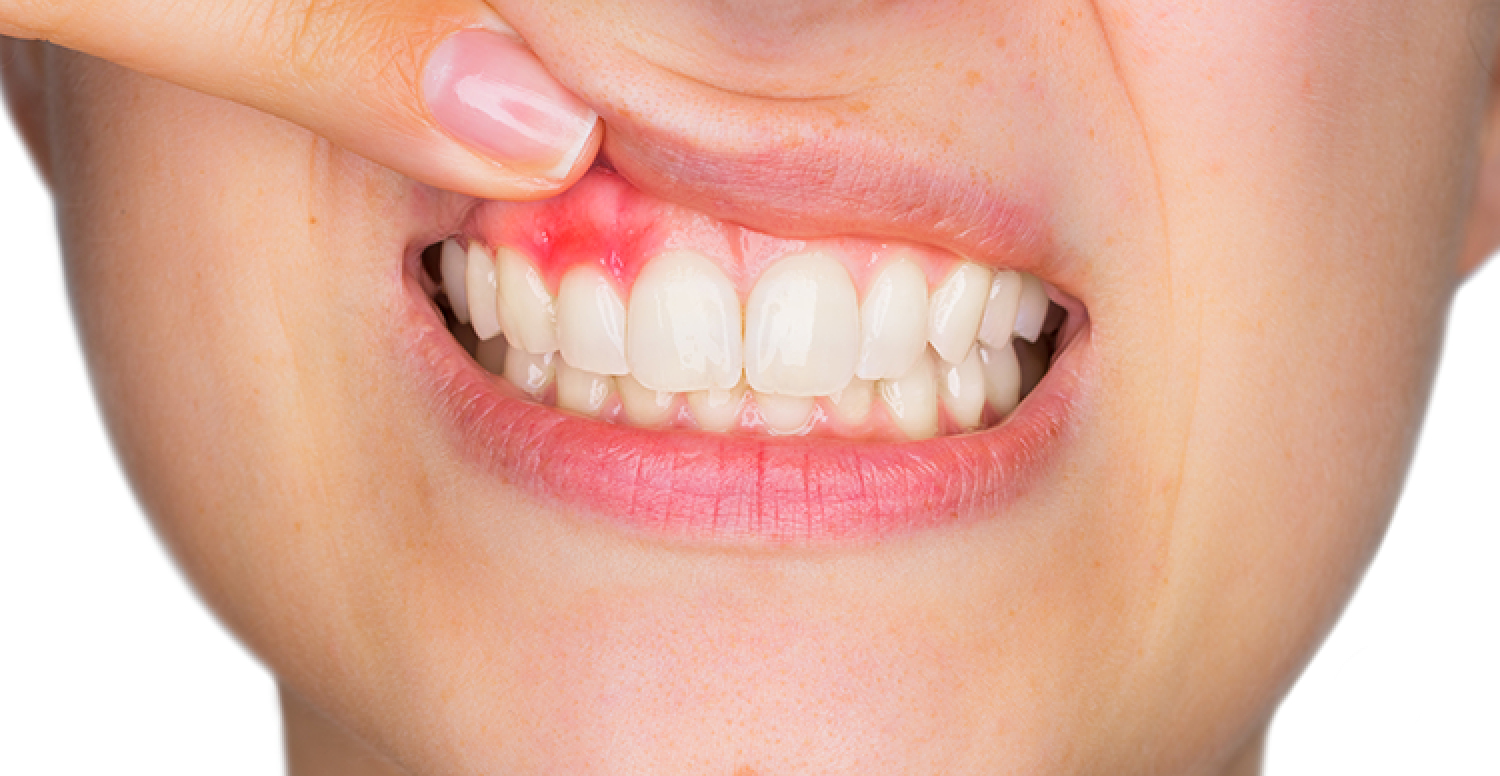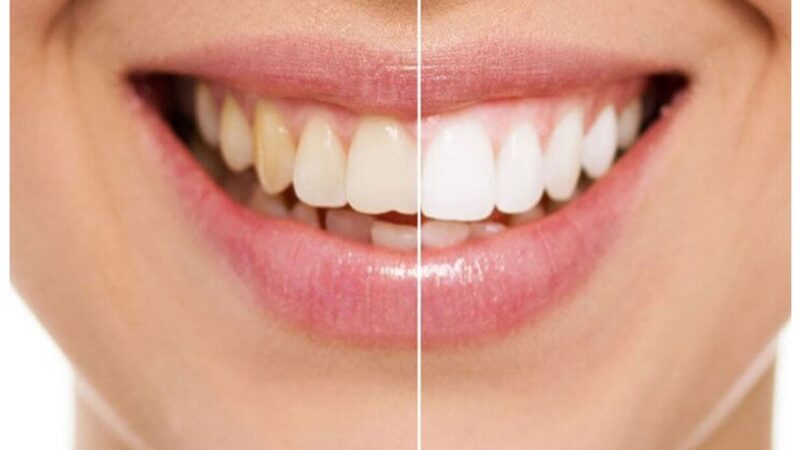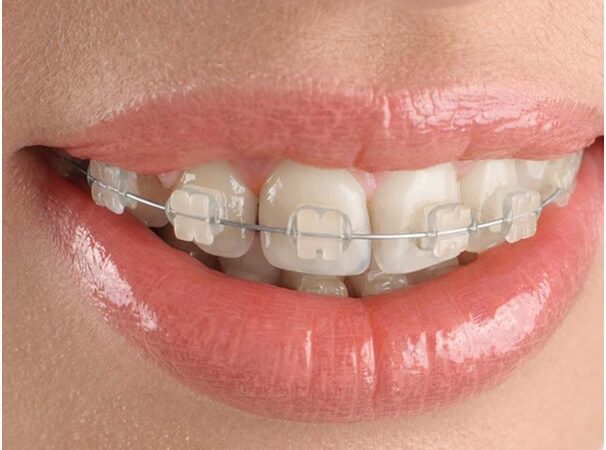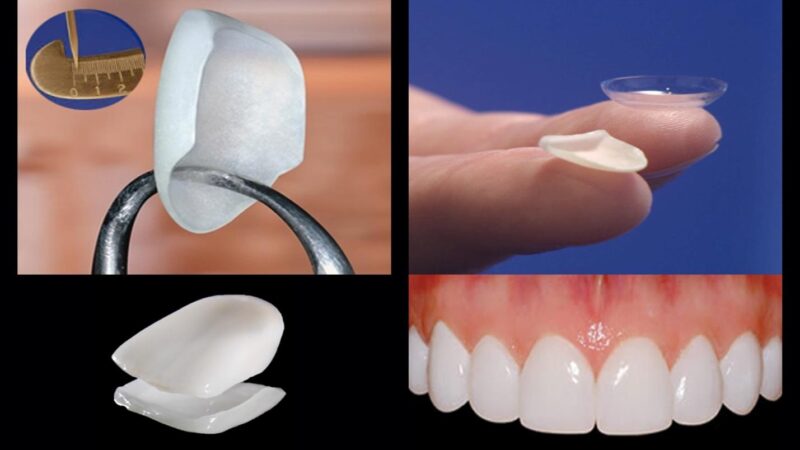Which Dental Infection Occurs Most Frequently?

Dental infections are a common problem that can occur in the mouth, ranging from minor tooth decay to more serious conditions such as periodontal disease or dental abscesses. Understanding the different types of dental infections, their causes, symptoms, and treatment options is important in maintaining good oral health. This blog will discuss the most frequently occurring dental infections and how to prevent and treat them.
Dental Caries (Tooth Decay)
Dental caries, also known as tooth decay, is the most common type of dental infection. It is caused by bacteria that produce acid that erodes the enamel of the teeth. This can lead to cavities and, if left untreated, can progress to the deeper layers of the tooth, causing pain and, eventually, tooth loss. Symptoms of tooth decay include tooth sensitivity, pain while eating or drinking, and visible holes or discoloration in the teeth. To prevent tooth decay, it is important to maintain good oral hygiene, including brushing and flossing regularly and visiting the dentist for regular check-ups and cleanings. Treatment options include fillings, crowns, root canals, or extractions in advanced cases.
Periodontal Disease
Periodontal disease, also known as gum disease, is an infection of the gums and surrounding tissue that can lead to tooth loss. It is caused by bacteria that form plaque on the teeth, which can eventually lead to inflammation and infection in the gums. Symptoms include red, swollen, bleeding gums, bad breath, and loose or shifting teeth. To prevent periodontal disease, it is important to maintain good oral hygiene, including brushing and flossing regularly and visiting the dentist for regular check-ups and cleanings. Treatment options include scaling and root planing, antibiotics, or in advanced cases, gum surgery.
Endodontic Infections (Root Canal Infections)
Endodontic infections, also known as root canal infections, occur when bacteria infect the pulp (the living tissue inside the tooth), causing inflammation and pain. The most common cause of endodontic infections is a deep cavity or a crack in the tooth. Symptoms include tooth sensitivity, pain while eating or drinking, and a swollen or tender jaw. To prevent endodontic infections, it is important to maintain good oral hygiene and to visit the dentist for regular check-ups and cleanings. Treatment options include a root canal procedure, where the infected tissue is removed, the tooth is sealed, or in advanced cases, tooth extraction.
Dental Abscesses
A dental abscess is a pocket of pus that forms in the mouth due to an infection. They can occur in the teeth or gums and are caused by bacteria that have entered the tooth’s pulp or have spread from an infected periodontal pocket. Symptoms include severe pain, swelling, fever, and a bad taste in the mouth. To prevent dental abscesses, it is important to maintain good oral hygiene, including brushing and flossing regularly and visiting the dentist for regular check-ups and cleanings. Treatment options include antibiotics to clear the infection and drainage of the abscess.
Conclusion
In conclusion, dental infections are a common problem that can occur in the mouth, ranging from minor tooth decay to more serious conditions such as periodontal disease or dental abscesses. The most common type of dental infection is dental caries (tooth decay) followed by periodontal disease, endodontic infections, and dental abscesses. To prevent dental infections, it is important to maintain good oral hygiene, including brushing and flossing regularly, visiting the dentist for regular check-ups and cleanings, and avoiding smoking and excessive alcohol consumption.
Additionally, it is important to be aware of the symptoms of dental infections and to seek prompt treatment if any signs or symptoms are present. It is also worth noting that regular dental check-ups and preventive care are crucial in identifying and treating dental infections early on before they become more serious. Furthermore, the availability of dental labs in NYC and nearby locations should also be considered when seeking treatment, as some treatments may be more readily available in certain areas.
FAQs
- What is the most common type of dental infection?
The most common dental infection type is caries (tooth decay).
- How can I prevent dental infections?
To prevent dental infections, it is important to maintain good oral hygiene, including brushing and flossing regularly, visiting the dentist for regular check-ups and cleanings, and avoiding smoking and excessive alcohol consumption.
- What are the symptoms of a dental infection?
Symptoms of dental infections can include tooth sensitivity, pain while eating or drinking, visible holes or discoloration in the teeth, red, swollen, or bleeding gums, bad breath, and loose or shifting teeth.
- How are dental infections treated?
Treatment options for dental infections vary depending on the type of infection but may include fillings, crowns, root canals, extractions, scaling and root planing, antibiotics, or gum surgery.
- Can dental infections lead to more serious health problems?
If left untreated, dental infections can lead to more serious health problems such as tooth loss, jaw bone deterioration, and even systemic infections that can affect the entire body. It is important to seek prompt treatment for dental infections to prevent them from becoming more serious.






